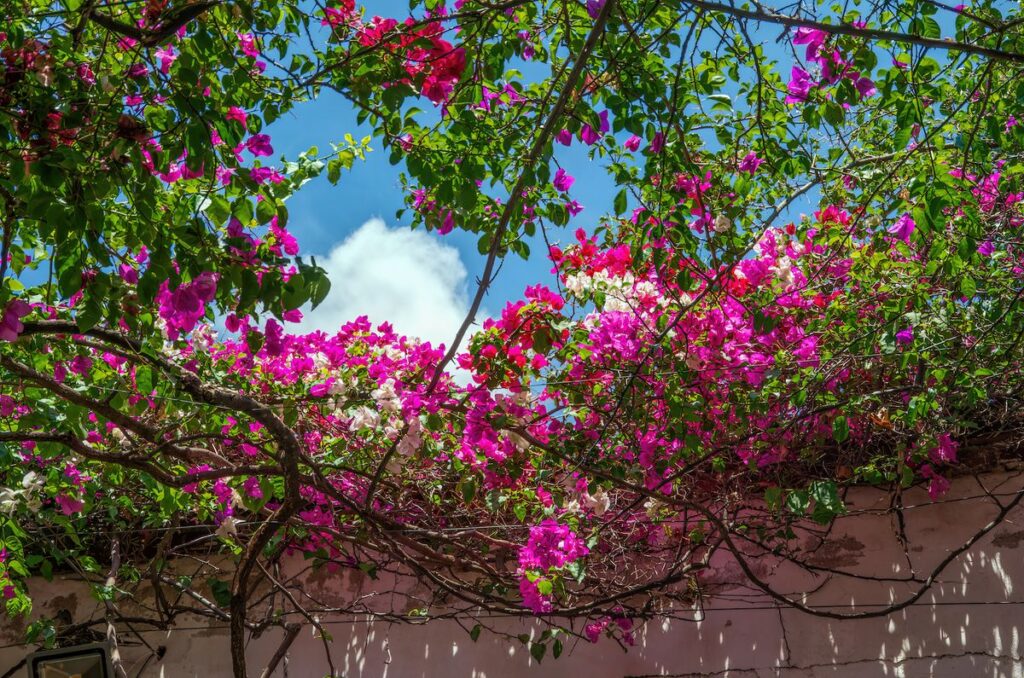If you’re looking to add a touch of natural beauty to your home, workspace, or garden, incorporating creeper plants is an excellent choice. Creeper plants, or climbing plants, use various structures for support, such as walls, fences, and other plants or trees. They are not only visually appealing but also provide numerous environmental and aesthetic benefits. In India, creeper plants are celebrated for their versatility and their ability to thrive in diverse landscapes and urban settings. Let’s explore some popular creeper plants in India that you can consider for your space.
Top 10 Creeper Plants in India
1. Money Plant
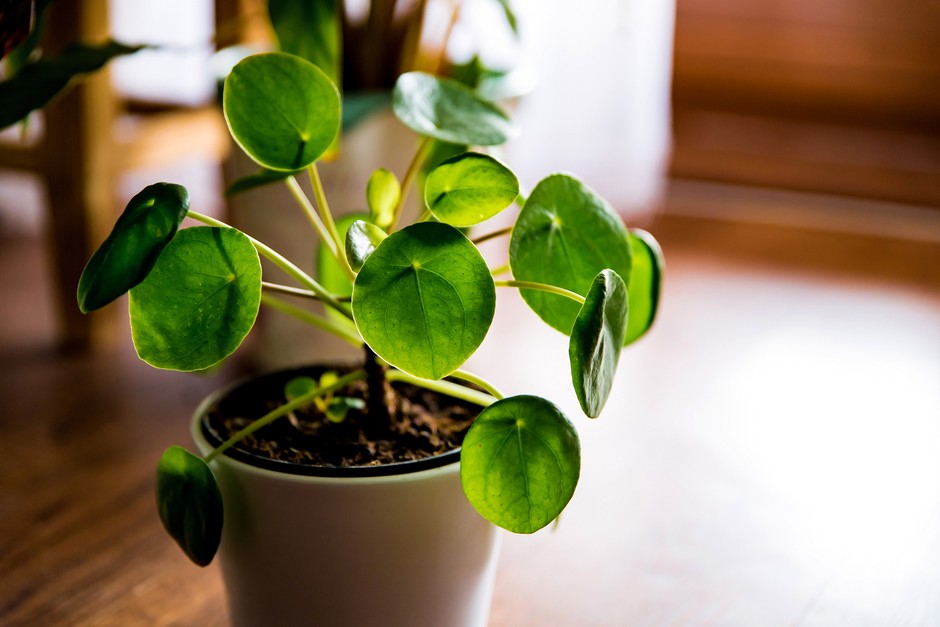
The money plant, also known as Pothos or Epipremnum aureum, is perhaps the most straightforward and low-maintenance creeper plant you can find. It is widely popular across households in South India due to its resilience and the belief that it brings prosperity. Unlike many other plants, the money plant does not produce flowers, but it is renowned for its long-lasting nature and ease of care. This plant is a self-seeder, meaning it propagates naturally without much human intervention. It is also incredibly easy to propagate from cuttings, making it a common gift among friends and family.
2. Bougainvillea
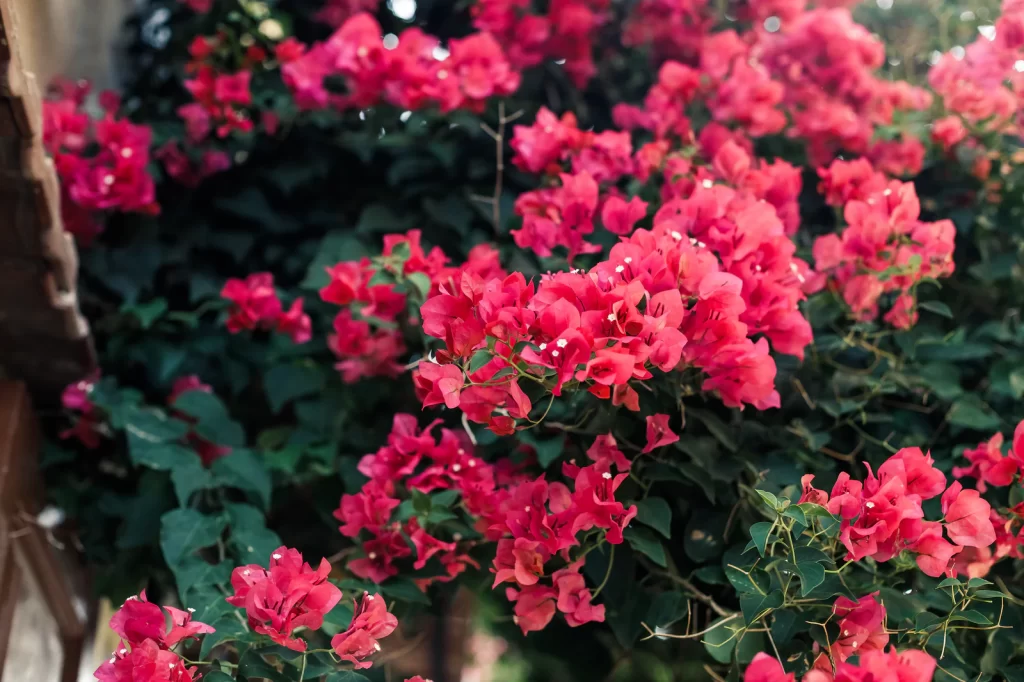
Bougainvillea is one of the most vibrant and fast-growing creeper plants in India, known for its spectacular display of colors. This plant can cover walls and fences with its cascading blooms, adding a burst of color to any space. Bougainvillea thrives in outdoor settings, especially in spacious backyards. Some varieties of this plant can grow up to 40 feet, so it’s essential to ensure you have ample space if you plan to cultivate it. Bougainvillea prefers warm climates and blooms frequently in such conditions. It does well with a slow-release fertilizer during the growing season and comes in varieties like Barbara Karst, California Gold, and Juanita Hattan.
3. Bleeding Heart Vine
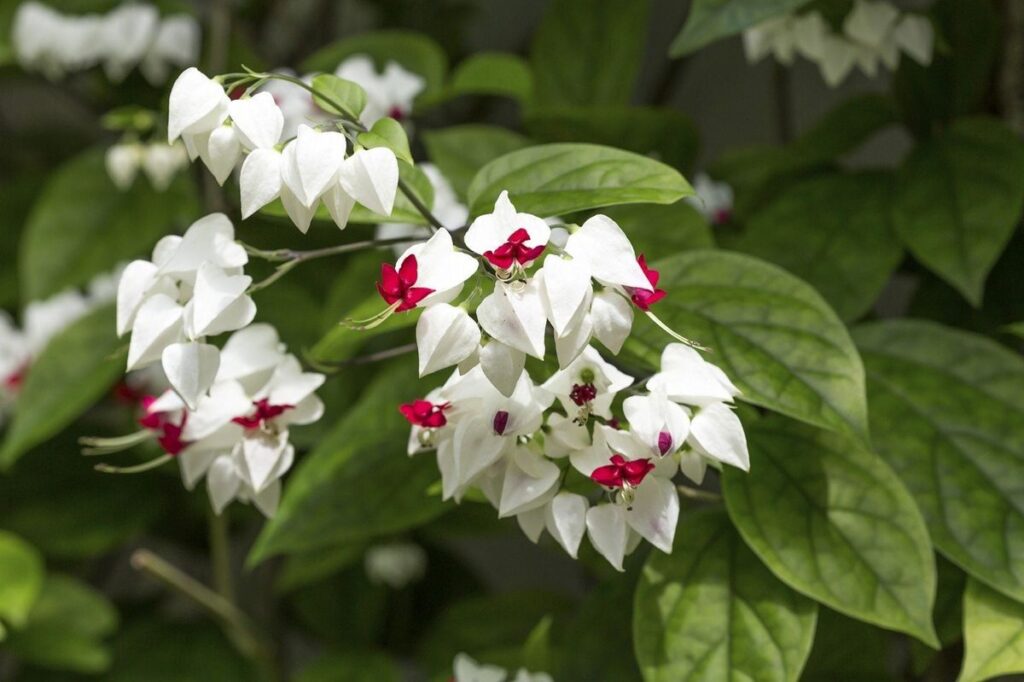
The Bleeding Heart Vine, scientifically known as Clerodendrum thomsoniae, is a captivating creeper plant with distinctive heart-shaped flowers that resemble a heart dripping with blood. This plant can reach up to 13 feet in height and is admired for its striking red and white flowers. It thrives in well-draining soil and partial shade but can also tolerate full shade. Regular pruning is necessary to maintain its shape and control growth. The Bleeding Heart Vine prefers slightly moist soil and produces fragrant flowers with a blend of honeysuckle, rose, and jasmine scents.
4. Flame Vine
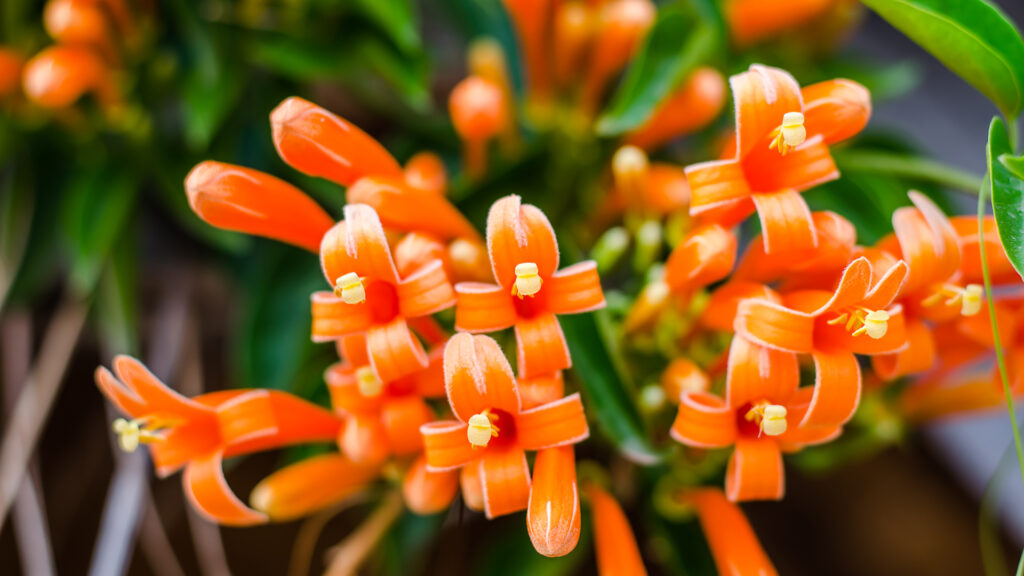
For those who appreciate bright orange flowers, the Flame Vine is an excellent choice. Named for its fiery orange blooms, this plant grows up to 5 feet in height and is native to South America. Flame Vine is known for its rapid growth and minimal care requirements. It flourishes best in direct sunlight, needing at least 6-8 hours of sun exposure daily. It can also adapt to partial shade and is a great option for well-drained pots if garden space is limited.
5. Rangoon Creeper
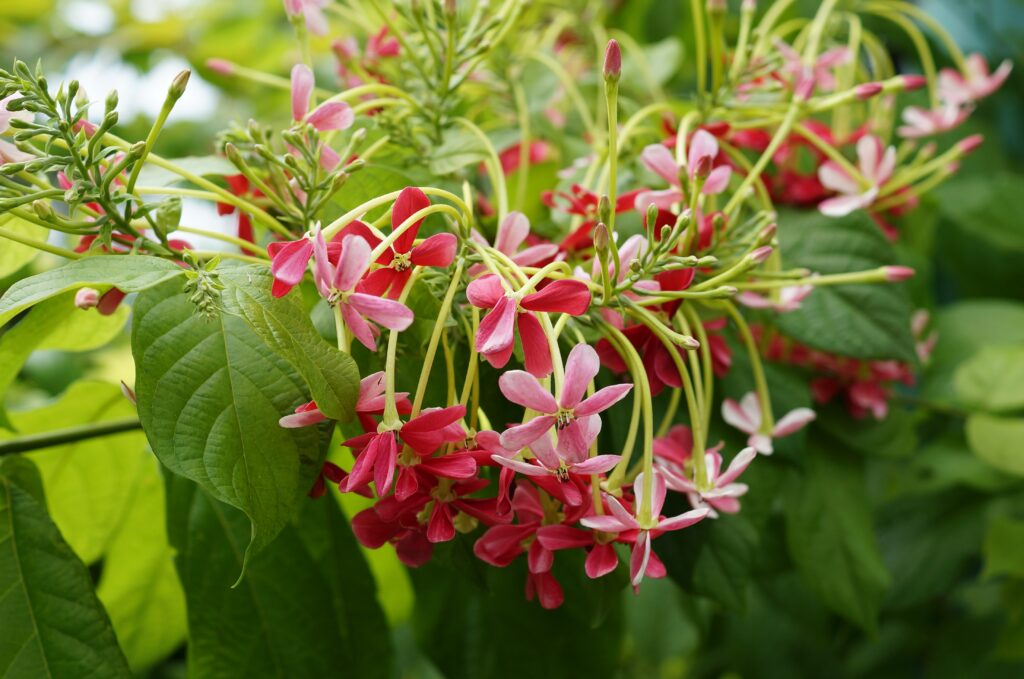
The Rangoon Creeper is cherished for its vibrant red and pink tubular flowers and its delightful aroma. This plant is adaptable to various climates and can tolerate changes in weather. The Rangoon Creeper’s sweet-smelling flowers attract both people and pollinators, making it a valuable addition to any garden. Additionally, the plant’s flowers are used in culinary dishes like salads and desserts, adding a unique twist to meals.
6. Morning Glory
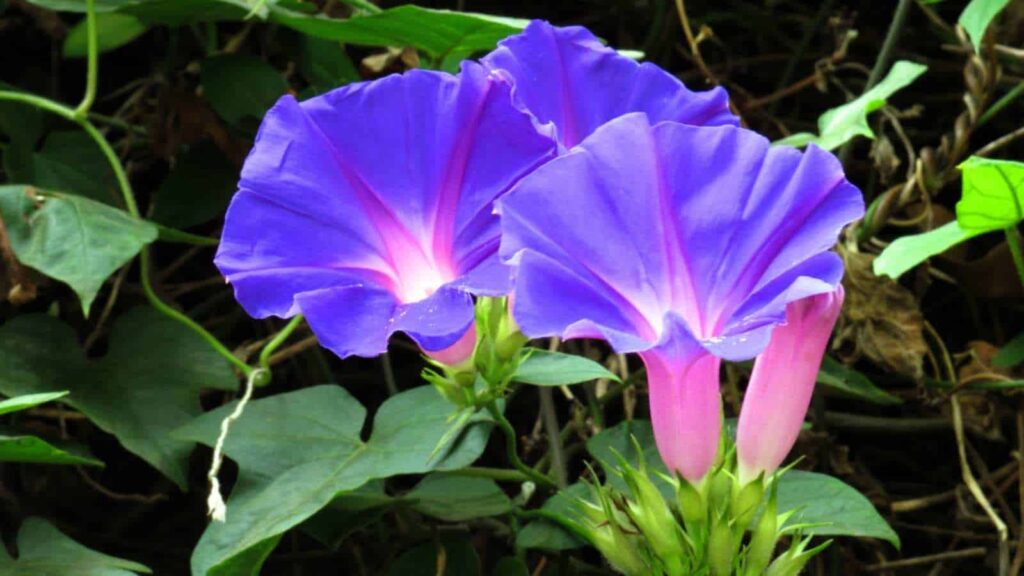
Known for its early morning blooms, the Morning Glory creeper is a symbol of appreciating the transient nature of life. Its vibrant flowers appear at sunrise, offering a fleeting but beautiful spectacle. The plant’s short-lived blooms are celebrated in Japanese philosophy for their reminder of life’s impermanence. Morning Glory is also beneficial for attracting pollinators, supporting a healthy ecosystem and plant biodiversity.
7. Ivy
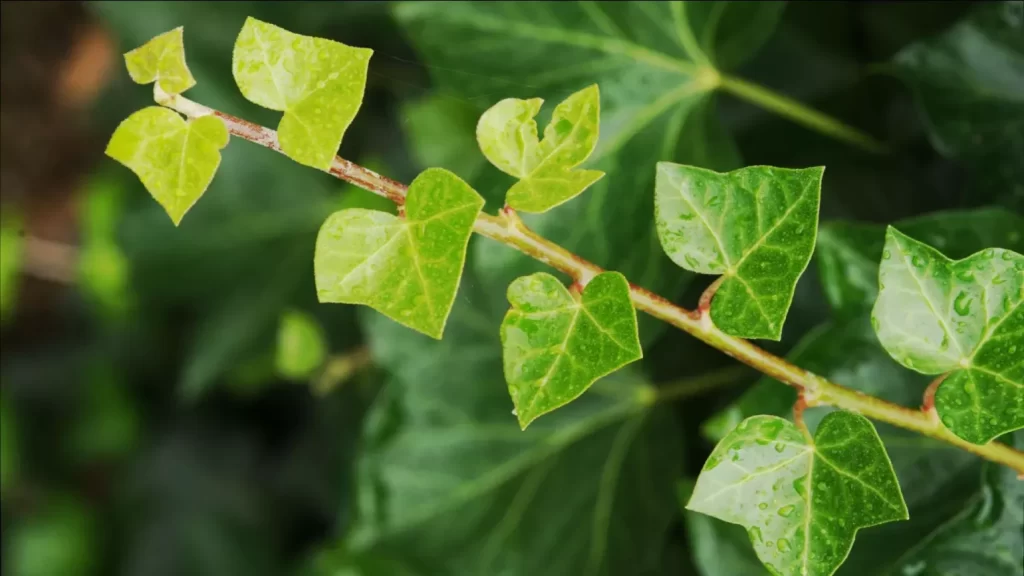
Ivy, a popular creeper plant, is known for its air-purifying properties. It can absorb pollutants such as benzene, formaldehyde, and trichloroethylene, making it a great choice for improving indoor air quality. Ivy can be trained to climb walls, fences, and other structures, adding a lush, green touch to your space. It also serves as an excellent option for creating private spaces and screens in your garden.
8. Passionflower
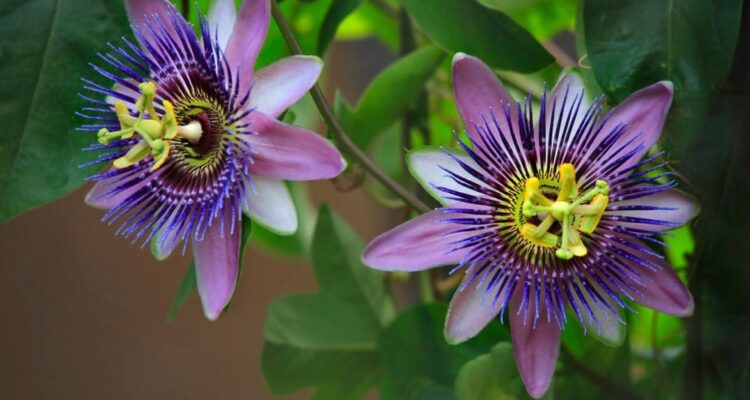
Passionflower is not only a beautiful addition to your garden but also has medicinal benefits. The plant is used to treat anxiety, insomnia, and stress, and its flowers can be added to beverages and foods for flavoring. With over 500 varieties, Passionflower offers a range of unique properties, from ornamental appeal to therapeutic uses.
9. Jasmine
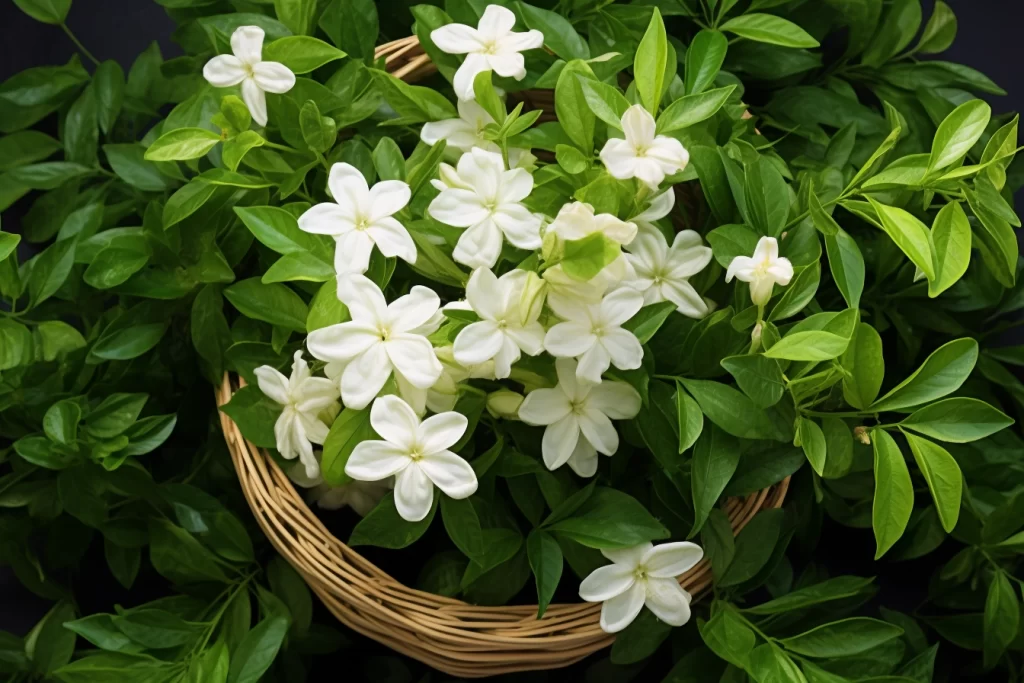
Jasmine is renowned for its intensely fragrant white flowers and is a staple in Indian culture. With over 200 species, Jasmine creepers are versatile and adapt well to sunny or partially sunny spots. They thrive in humid conditions and require regular pruning to maintain their shape. Jasmine is widely used in religious ceremonies, decorations, and culinary applications, and its scent is known to improve mood and reduce anxiety.
10. Curtain Creeper
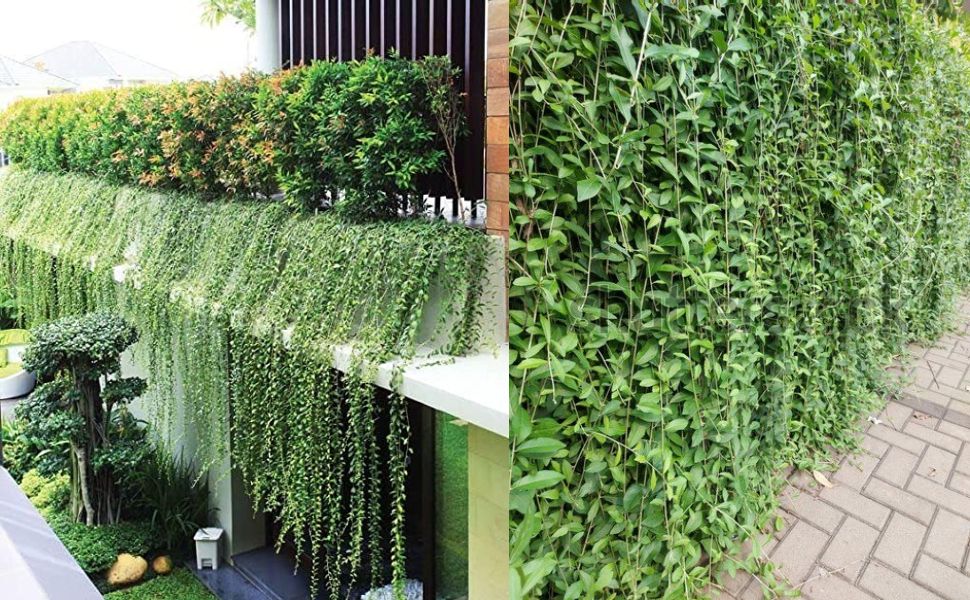
For those looking to cover large spaces with greenery, the Curtain Creeper is an ideal choice. This plant can grow long enough to cover a 13-foot wall, creating a lush, green curtain. While it doesn’t have significant medicinal or culinary uses, it is highly valued for its decorative appeal, adding a natural and aesthetic element to any space.
Conclusion
Creeper plants are a fantastic way to enhance the beauty and functionality of your garden or indoor space. While they are often confused with climbers, creeper plants in India differ in that they grow horizontally and rely on support structures. In India, creeper plants are not only appreciated for their aesthetic and environmental benefits but also for their cultural significance and contribution to the ecosystem. Whether you choose Money Plant, Bougainvillea, or any of the other varieties mentioned, incorporating creeper plants in India into your space can create a vibrant, green environment and support a healthier ecosystem.
